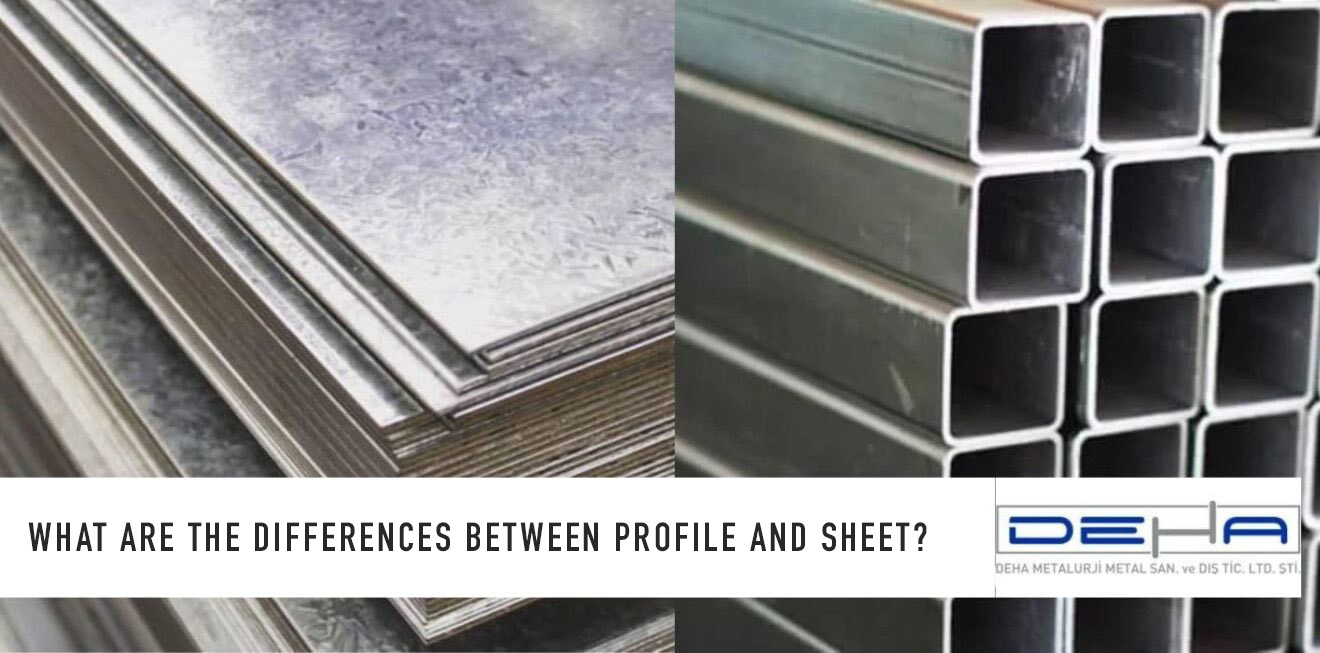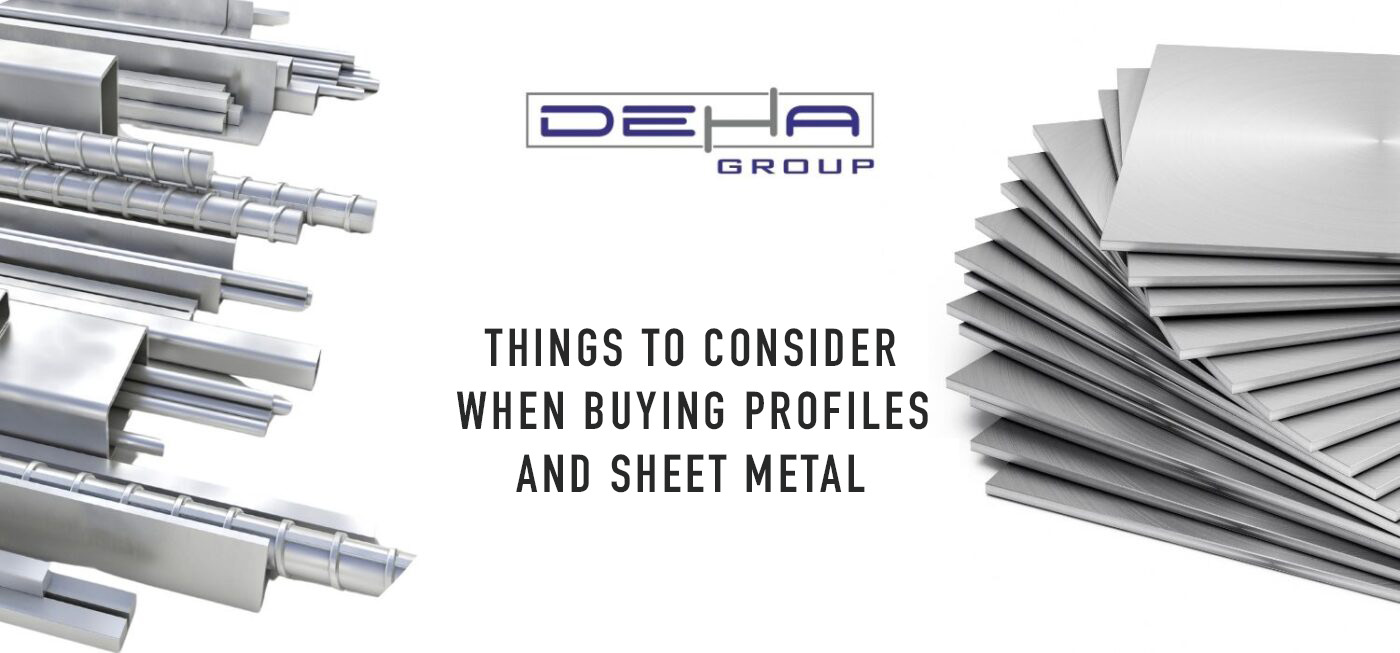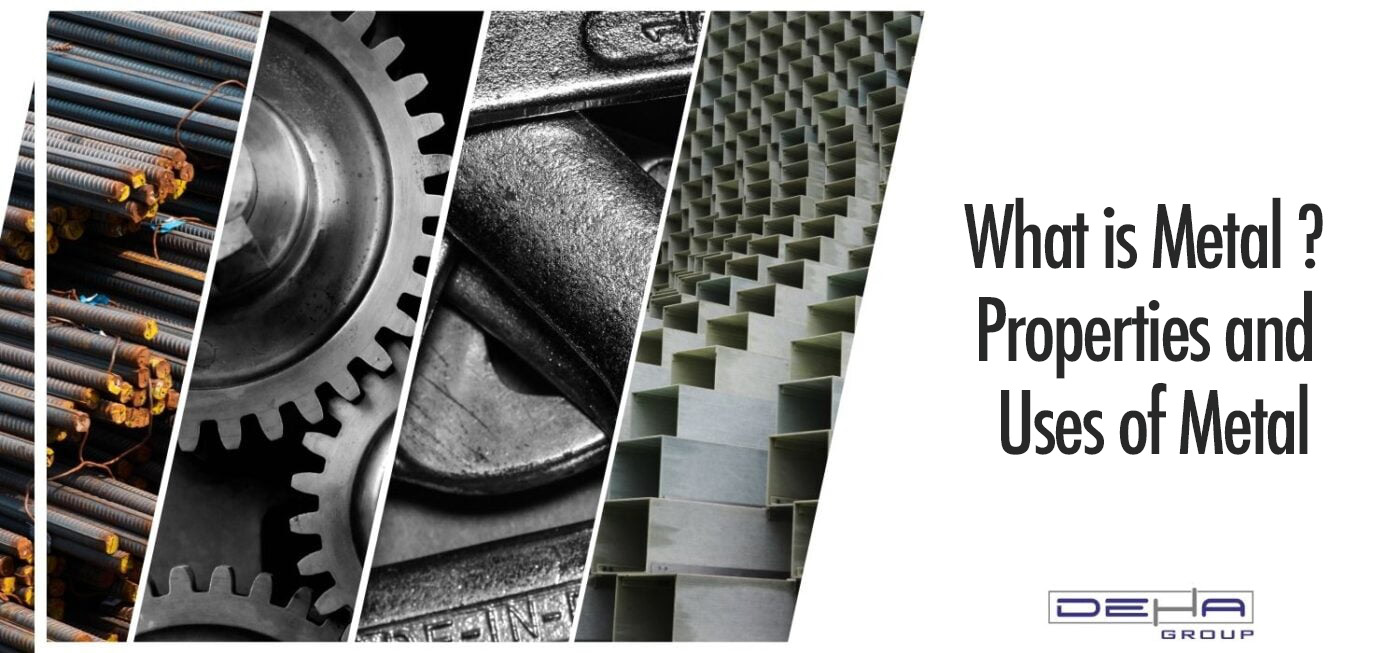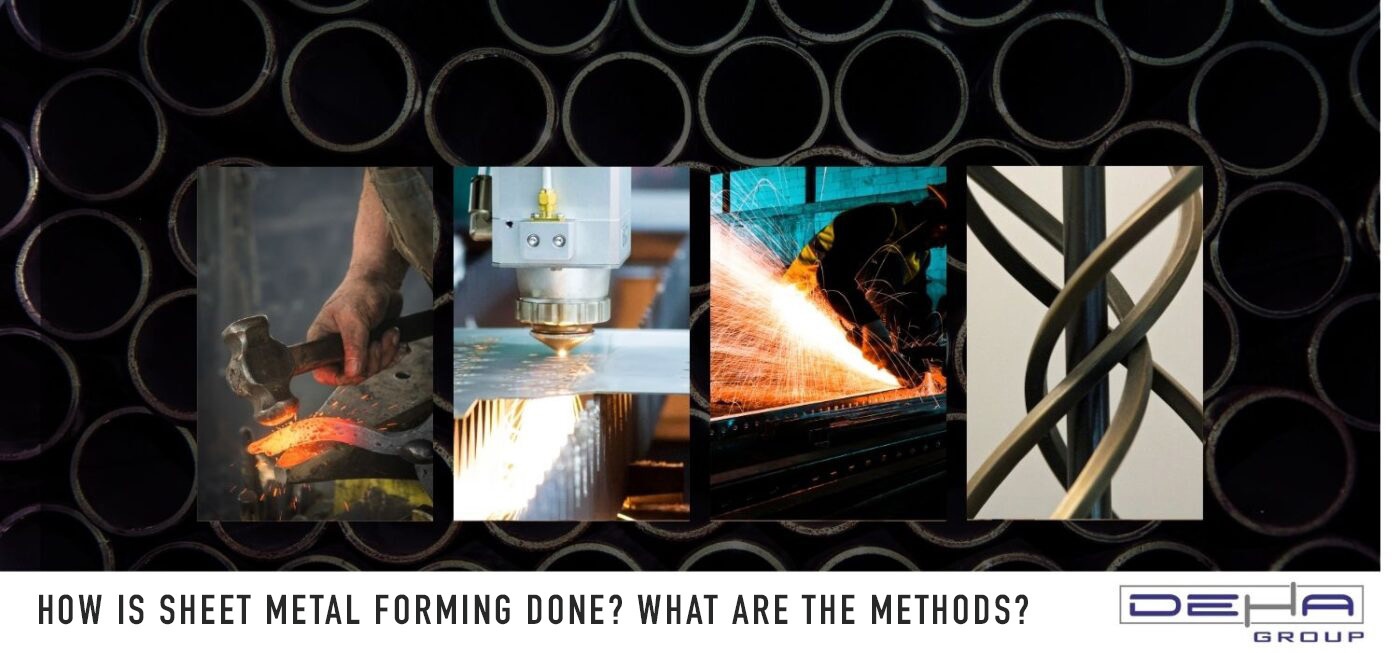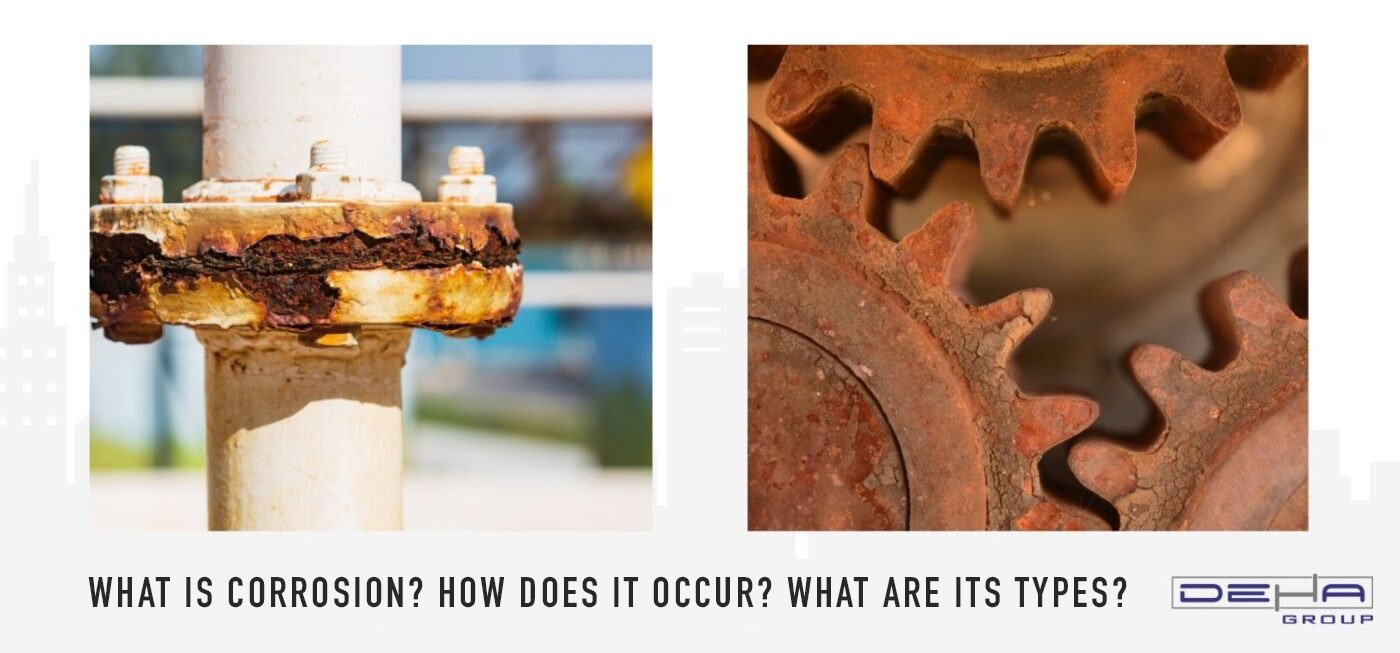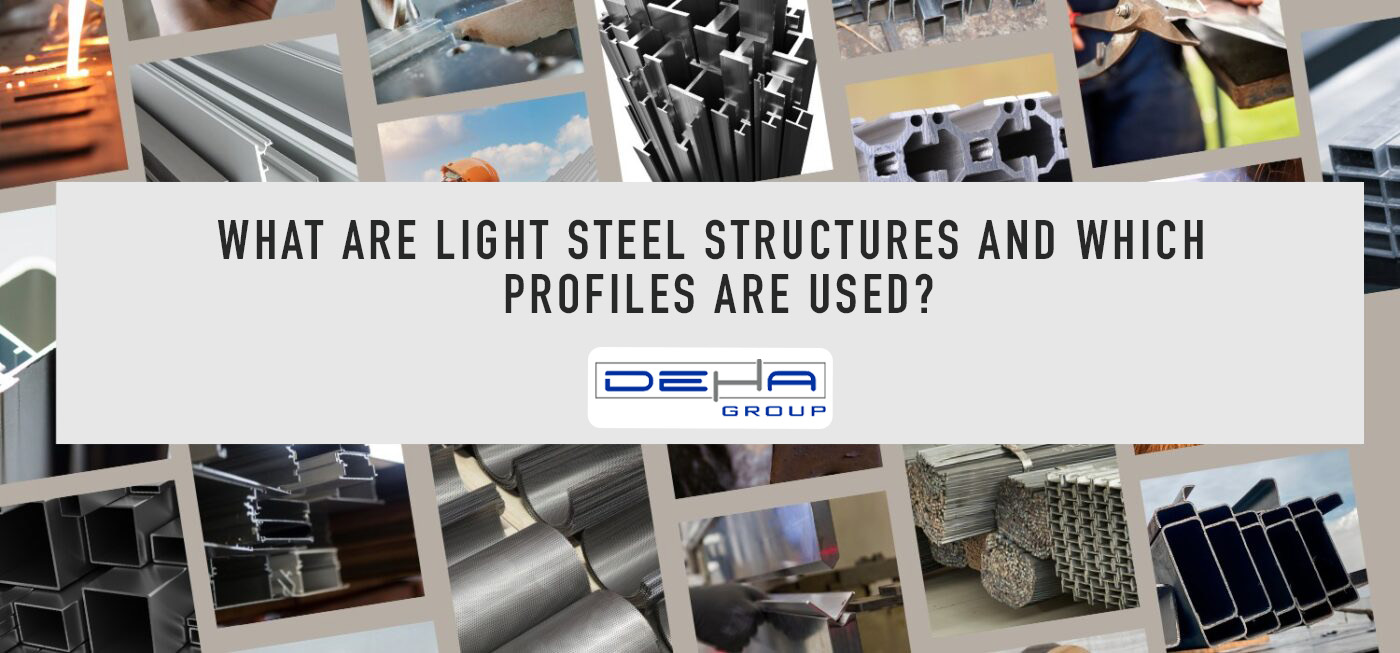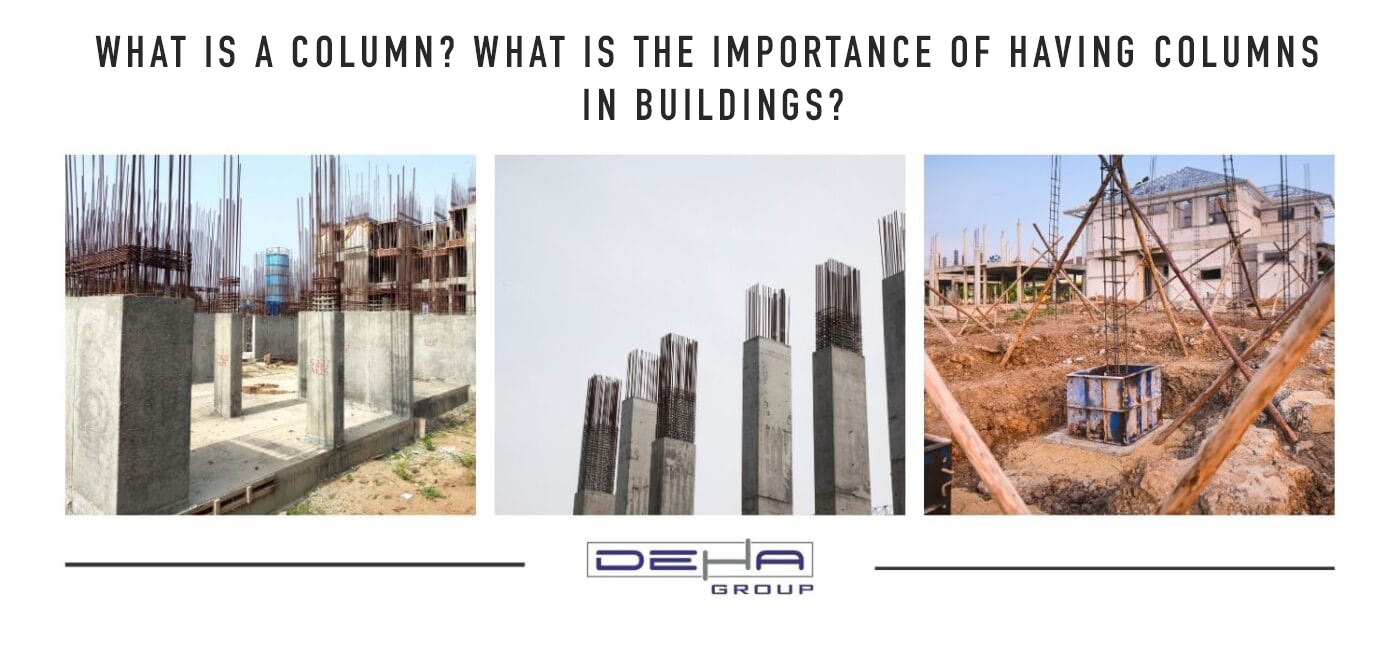
Columns are vertical elements that play a critical role in the load-bearing systems of buildings. They are made from materials such as concrete, steel, or wood and ensure the building remains stable by transferring the structure's load to the foundation. Columns directly affect both the stability and safety of a building. As the most important part of the load-bearing system, columns ensure the building can withstand horizontal and vertical loads. Especially in multi-story buildings, the correct positioning and durability of columns are among the most crucial factors determining the building's lifespan and safety.
Load-Bearing Capacity: Columns are the elements that carry the largest loads in a structure. They support all the weight from the roof to the ground floor of a building. Reinforced concrete or steel columns effectively transfer these loads to the ground due to their high compressive strength. Incorrectly sized or insufficiently strong columns can lead to the collapse of the structure.
Balance and Stability: Columns maintain the static balance of buildings. When horizontal forces (such as wind or earthquakes) affect the structure, columns counter these forces and ensure the building's stability. Therefore, the flexibility and durability of columns are of great importance. Factors to be considered in column design, especially in earthquake-prone areas, directly impact the safety of the building.
Earthquake and Lateral Load Resistance: During natural disasters like earthquakes, buildings are subjected to lateral forces. Columns resist these lateral forces and enhance the flexibility of the building. The quality of steel reinforcement and materials used in columns plays a key role in constructing an earthquake-resistant structure. Columns designed and built in accordance with earthquake regulations ensure the building is more resistant to earthquakes.
One of the most important requirements for a building to be safe and sound is the proper design of the structural system, especially the columns. Columns ensure the balance is maintained by transferring the entire load of the structure to the foundation. Insufficient or improperly placed columns can lead to the instability of the building and, in the worst case, cause it to collapse. Columns determine the seismic resilience of structures as much as their static balance. During an earthquake, columns counteract the horizontal forces acting on the building, reducing the risk of collapse. Therefore, the number, placement, and material of the columns are of great importance.
Columns, especially those in earthquake-resistant structures, are one of the fundamental elements. In natural disasters like earthquakes, buildings are subjected to significant horizontal forces, and columns need to be strong and flexible to withstand these forces. During an earthquake, columns protect the building against tremors and prevent sudden collapses. Steel columns provide significant resistance to earthquakes due to their flexibility and durability. Columns designed and manufactured in accordance with earthquake regulations ensure the building remains durable and safe for a long time. Companies like DEHA Metal offer durable and high-quality column materials for the safety of structures.
The materials used in column construction directly affect the building's durability. Reinforced concrete columns are generally one of the most commonly preferred methods in building construction, but steel columns also stand out with their high strength and durability. Steel is a material that can carry large loads despite being lightweight, making it frequently used in high-rise buildings due to this feature. Additionally, steel columns provide flexibility, which creates an advantage in horizontal loads such as earthquakes. DEHA Metal increases the safety of structures by ensuring that the steels used in column construction meet quality standards.
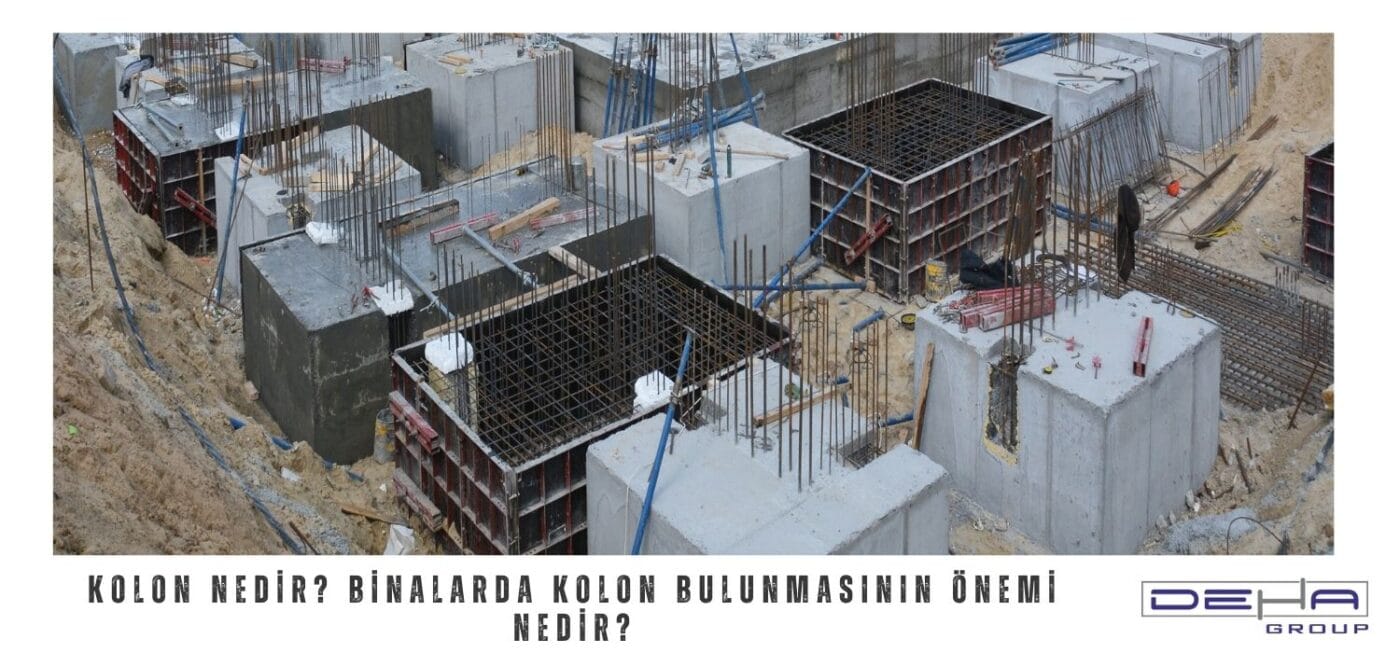
The design of columns is very important as it affects the entire load-bearing capacity of the structure. A proper column design increases the stability and ensures the longevity of the building. The dimensions of the columns should be calculated according to the size and number of floors of the structure. Additionally, the placement of the columns should be arranged to maintain the balance of the building. Especially corner columns support the weak points of the building and ensure structural integrity. The durability of the materials used in column design and their compliance with quality standards should also be considered. In this context, the high-strength steel columns offered by DEHA Metal contribute to making projects safer and more robust.
Reinforced Concrete Columns: Reinforced concrete columns are a type of column where both concrete and steel reinforcement are used together. Concrete is resistant to compression, while the steel reinforcement provides strength against tensile forces. The use of these two materials together increases the column's resistance to both horizontal and vertical loads. Reinforced concrete columns are mostly used in residential, commercial buildings, and infrastructure projects.
Steel Columns: Steel columns are high-strength columns made of structural steel. Although steel is lightweight, it possesses a very high load-bearing capacity. These columns offer the advantage of quick assembly and are preferred in projects like high-rise buildings and industrial plants. Additionally, steel columns are a preferred solution in earthquake-prone areas due to their flexibility.
Wooden Columns: Wooden columns, usually used for decorative purposes or in small construction projects, are preferred for their aesthetic appeal. However, they are not commonly used in large structures due to their limited resistance to fire. Wooden columns are chosen to create a natural and warm atmosphere in historical buildings or interior arrangements.
Composite Columns: Composite columns are columns where materials like steel and concrete are used together. These columns provide superior strength by combining the flexibility of steel and the compressive strength of concrete. They are generally preferred in multi-story and heavy load-bearing structures.
Prefabricated Columns: Prefabricated columns are columns manufactured in factories and quickly assembled on the construction site. These columns are usually preferred in large projects to save time. Their ease of installation shortens the construction period and reduces cost.
| Column Type | Material | Characteristics | Applications |
| Reinforced Concrete Column | Concrete and Steel | High load-bearing capacity, durability, fire-resistant | Residential buildings, multi-story buildings, bridges |
| Steel Column | Steel | Lightweight, high strength, flexibility, quick assembly | Skyscrapers, industrial structures, earthquake zones |
| Wooden Column | Wood | Natural and aesthetic appearance, lightweight, sustainable | Historical buildings, decorative use in interiors |
| Prefabricated Column | Concrete or Steel | Factory-made precast elements, quick assembly, cost-effective | Industrial plants, temporary structures |
| Composite Column | Steel and Concrete | Combines flexibility of steel with compressive strength of concrete | Structures requiring high strength, earthquake zones |

 TR
TR

